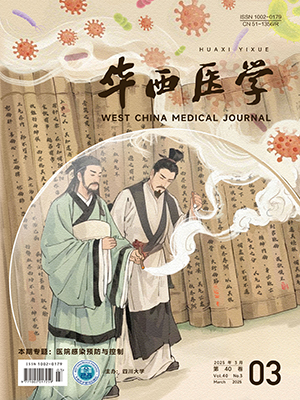An 84-year-old severe aortic stenosis patient admitted with acute heart failure was reported. Transcatheter aortic valve replacement (TAVR) was proposed. The patient was at high risk of the left coronary artery occlusion in preoperative and intraoperative evaluation. Coronary artery protection was performed by pre-embedded coronary artery guide wire and stent during the TAVR. The left coronary artery was partially blocked by valve leaflet after 23 mm self-expanding aortic valve was released. Coronary revascularization was not performed as the coronary blood flow was not affected. However, the patient suffered acute myocardial infarction with hypotension on the third day after TAVR. Emergency angiography showed that left coronary artery was more blocked than before and the condition improved after left main coronary stent implantation. This case suggested that aggressive coronary revascularization should be considered for high risk of coronary artery obstruction during TAVR, especially for partial obstruction of coronary artery.
Citation: SHAO Yibing, XIA Wei, NIU Zhaozhuo, JIANG Jing, LI Jie. Incomplete left main coronary obstruction after transcatheter aortic valve replacement for severe aortic stenosis: a case report. West China Medical Journal, 2020, 35(9): 1140-1143. doi: 10.7507/1002-0179.202008192 Copy
Copyright © the editorial department of West China Medical Journal of West China Medical Publisher. All rights reserved





 Baidu Scholar
Baidu Scholar